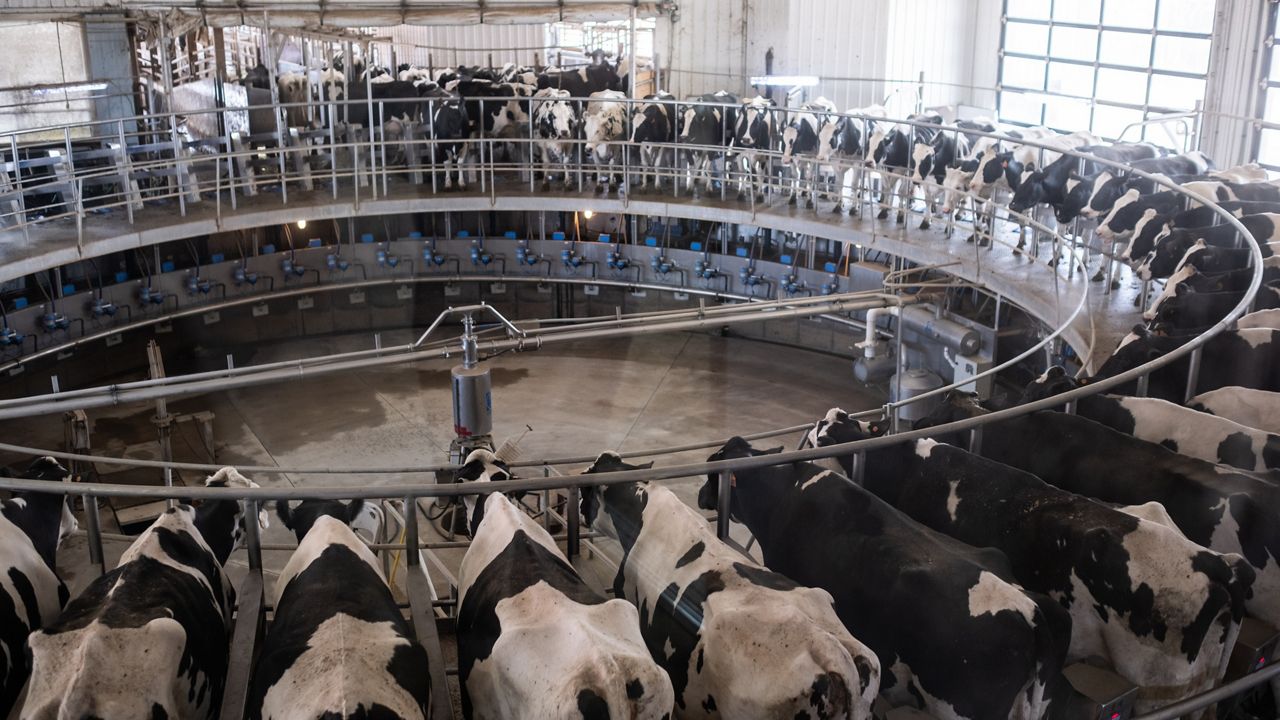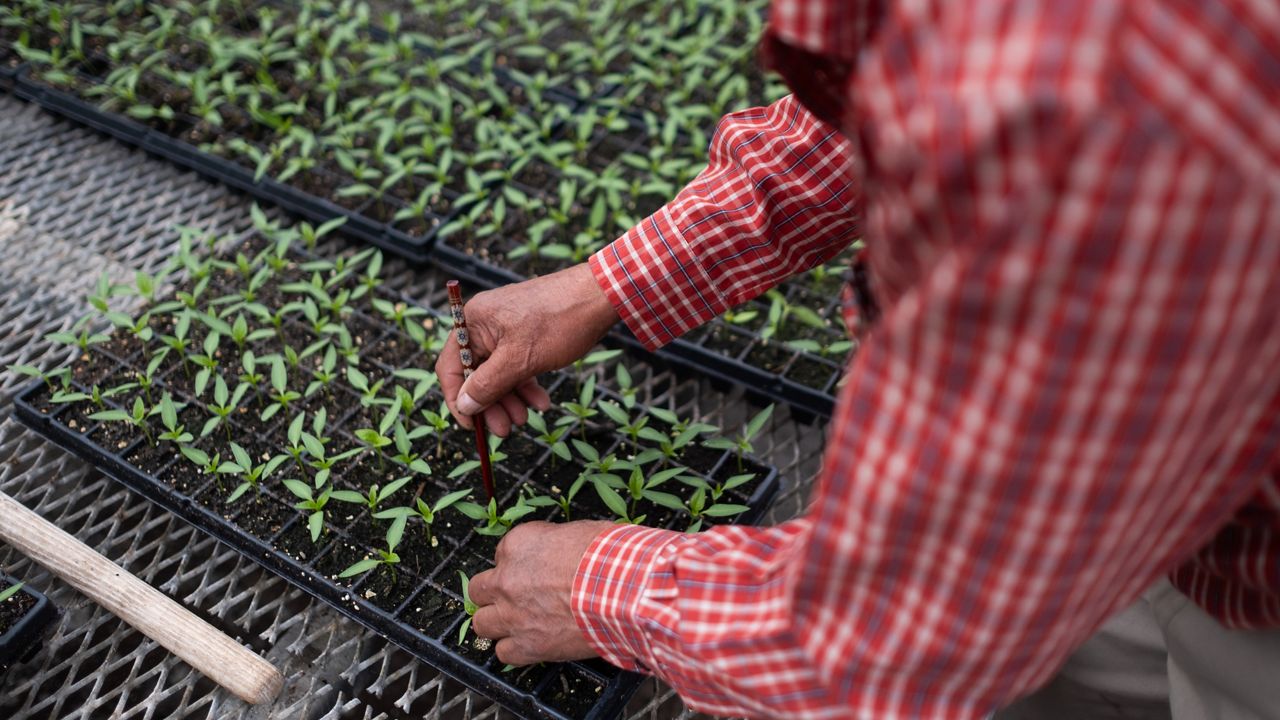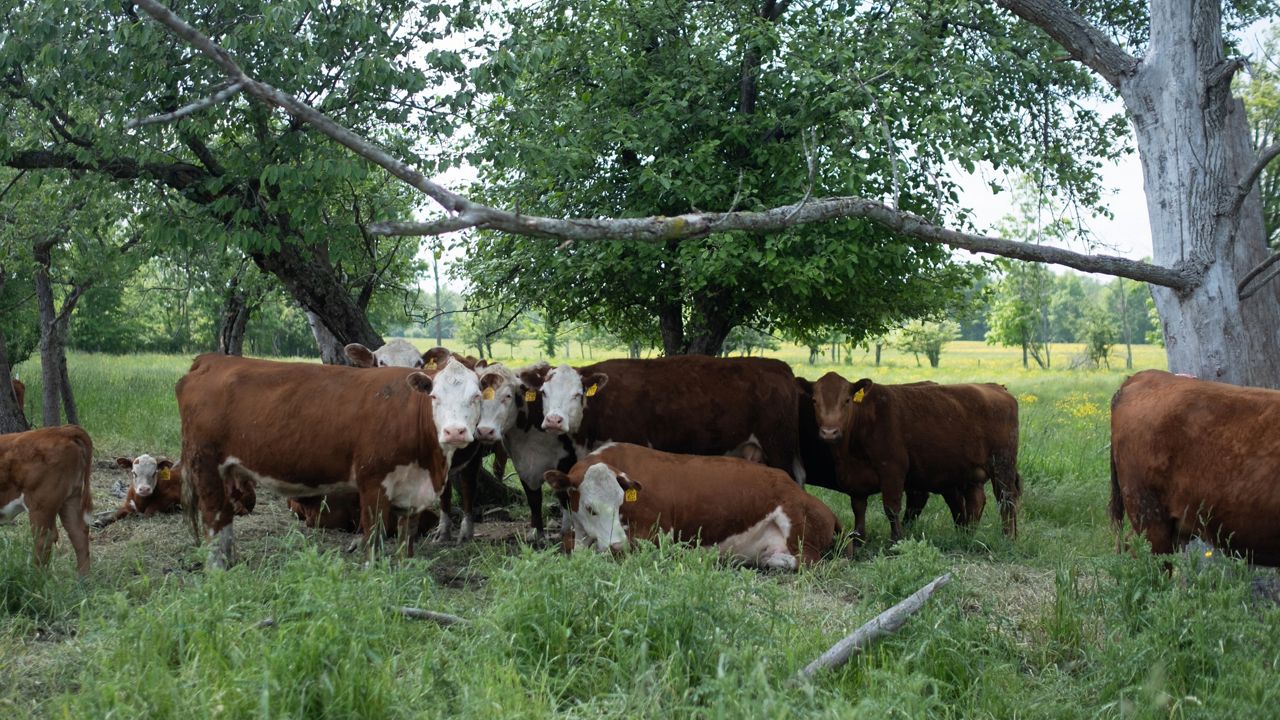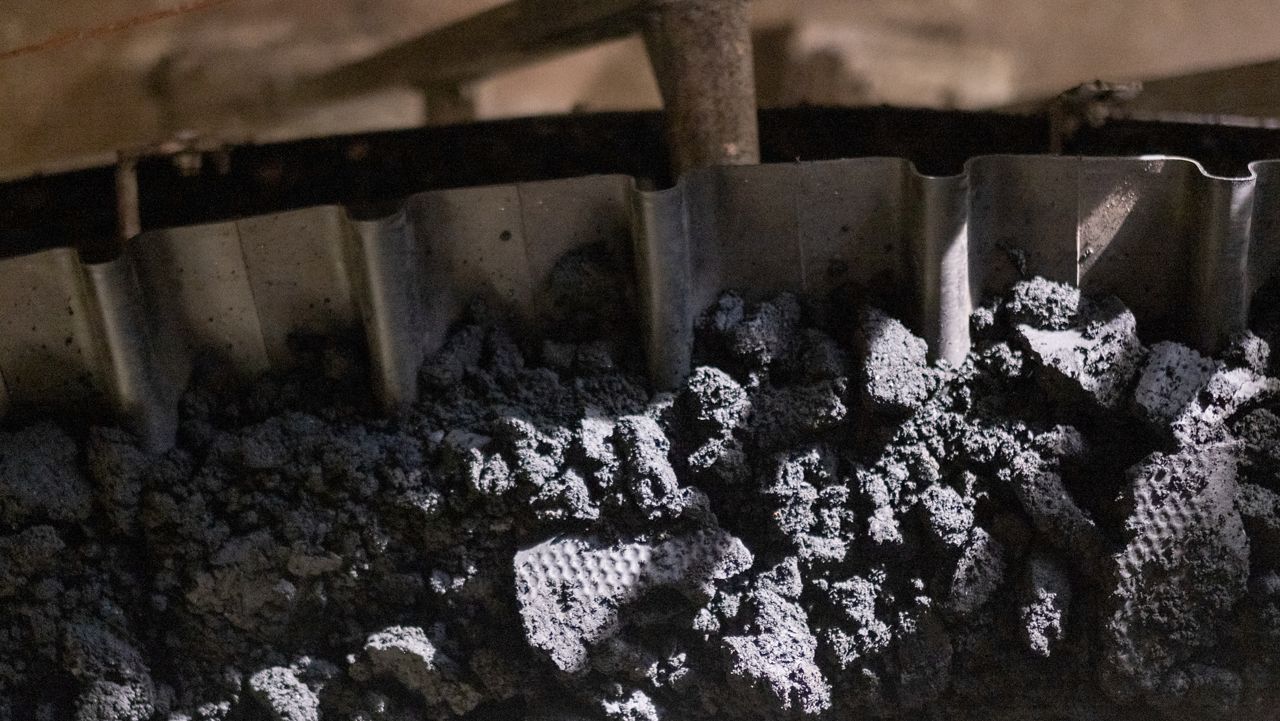Facial recognition for crops and robotic milking systems are just two ways artificial intelligence and automation are making their way into agriculture with the goal to increase efficiency and reduce labor costs.
Yu Jiang, assistant professor of integrative plant science at Cornell University, said one form of technology he has been working with is facial recognition-type- software for crops. They have been testing it in vineyards.
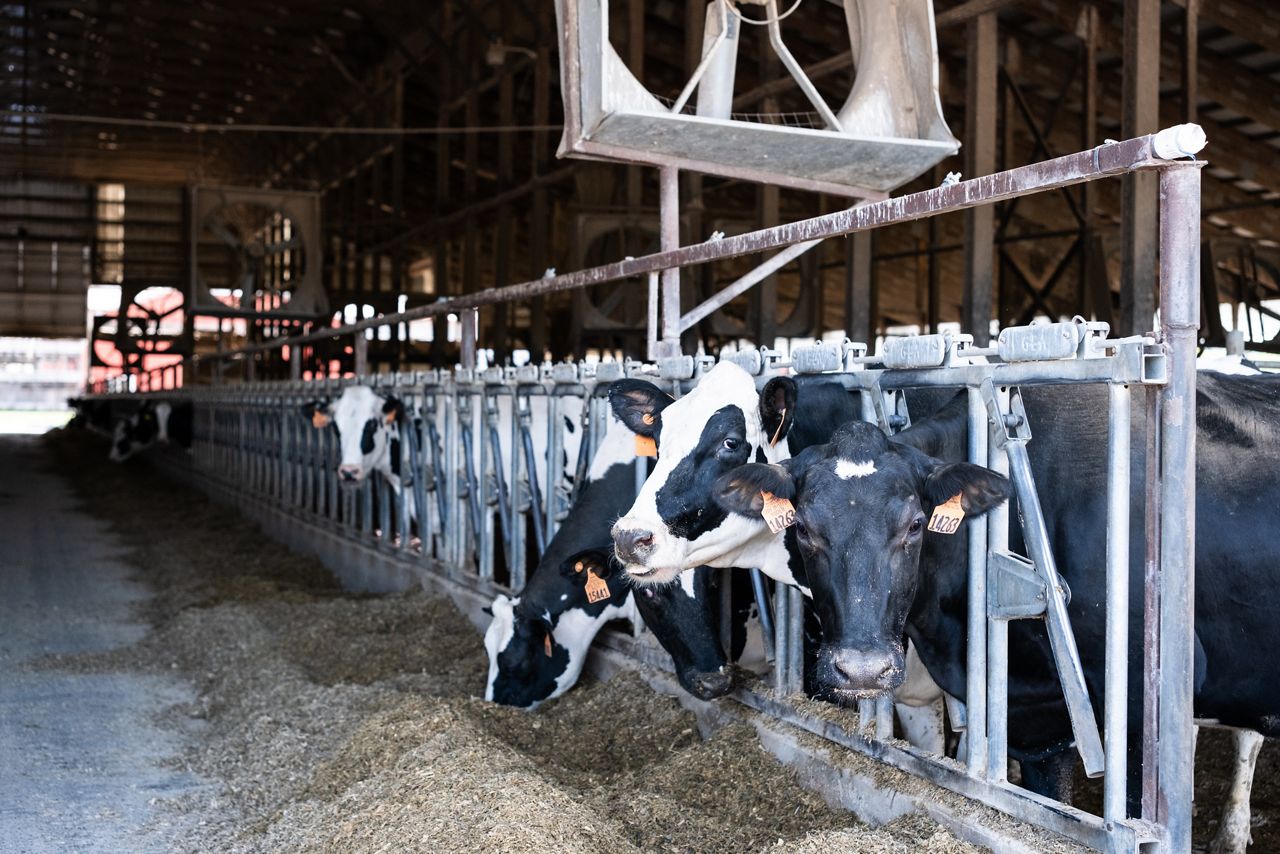
“What this robot is doing is identifying infected leaves or canopy regions in the vineyard,” Jiang said. “Then we can generate a map so we can see what the disease infection severity is across the entire vineyard.”
The maps are then used to determine where and how much fungicide or pesticide need to be applied, Jiang said.
“In the past, we just assumed once we found some of the infection, everything should uniformly present it in the field, but it's never been the case in the actual farm system,” he said. “We will be able to conduct a variable rate application, which can help us to be more precise when we use those kinds of chemicals.”
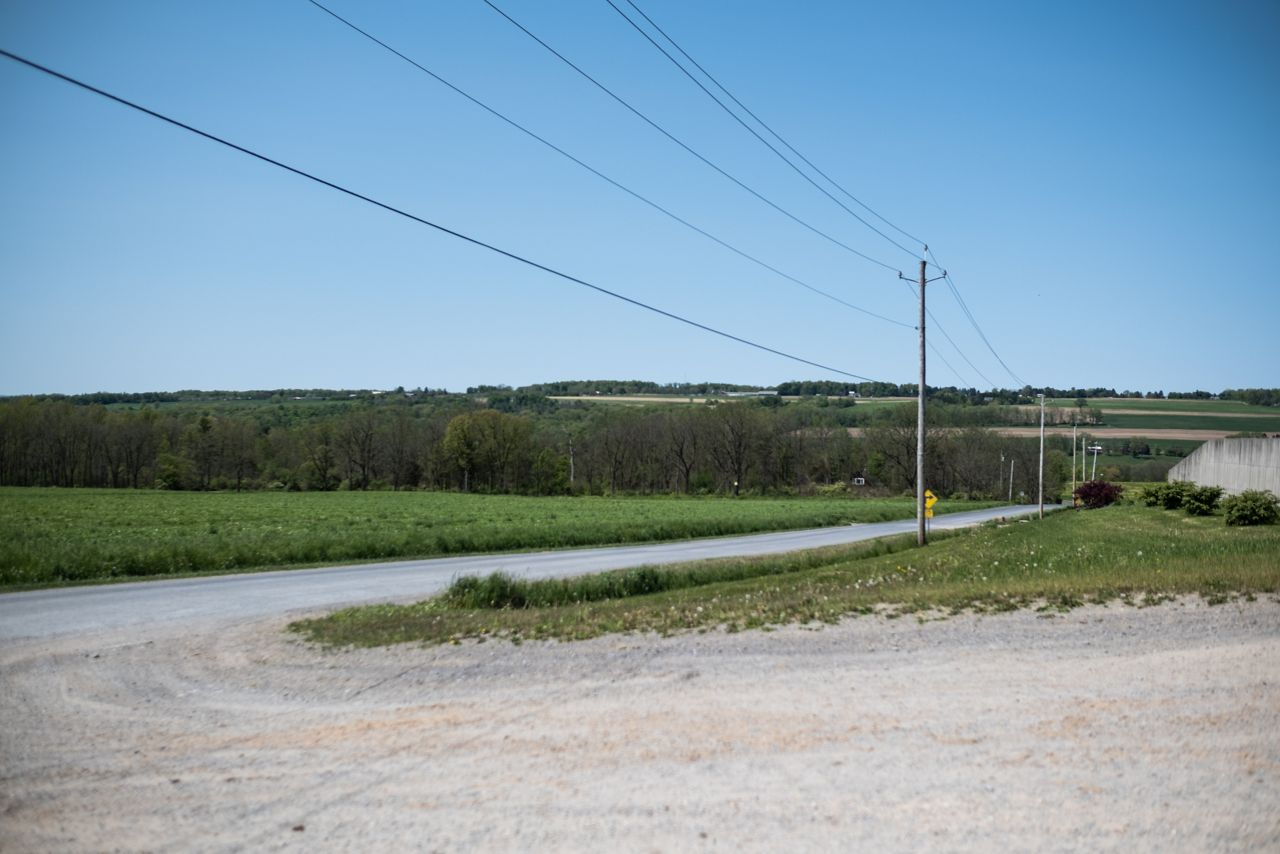
This is beneficial from an environmental standpoint, but also financial since these chemicals can be expensive, he said.
The cost of the AI unit is between $30,000 and $35,000, Jiang said, but a driving force to adopt this technology would be to offset increasing labor costs.
“With 100 acres of apple orchard, you can’t really check an individual tress fruit load, that is almost impossible with human force, and no one can afford to do that,” he said. “But now with these AI-powered-powered tools, we were able to get the opportunity to better understand quantitatively how the crop load looks in these apple orchards.”
At Walnut Ridge Dairy in Lansing, they milk 1,700 cows twice daily and raise 2,400 acres of forage to feed them.
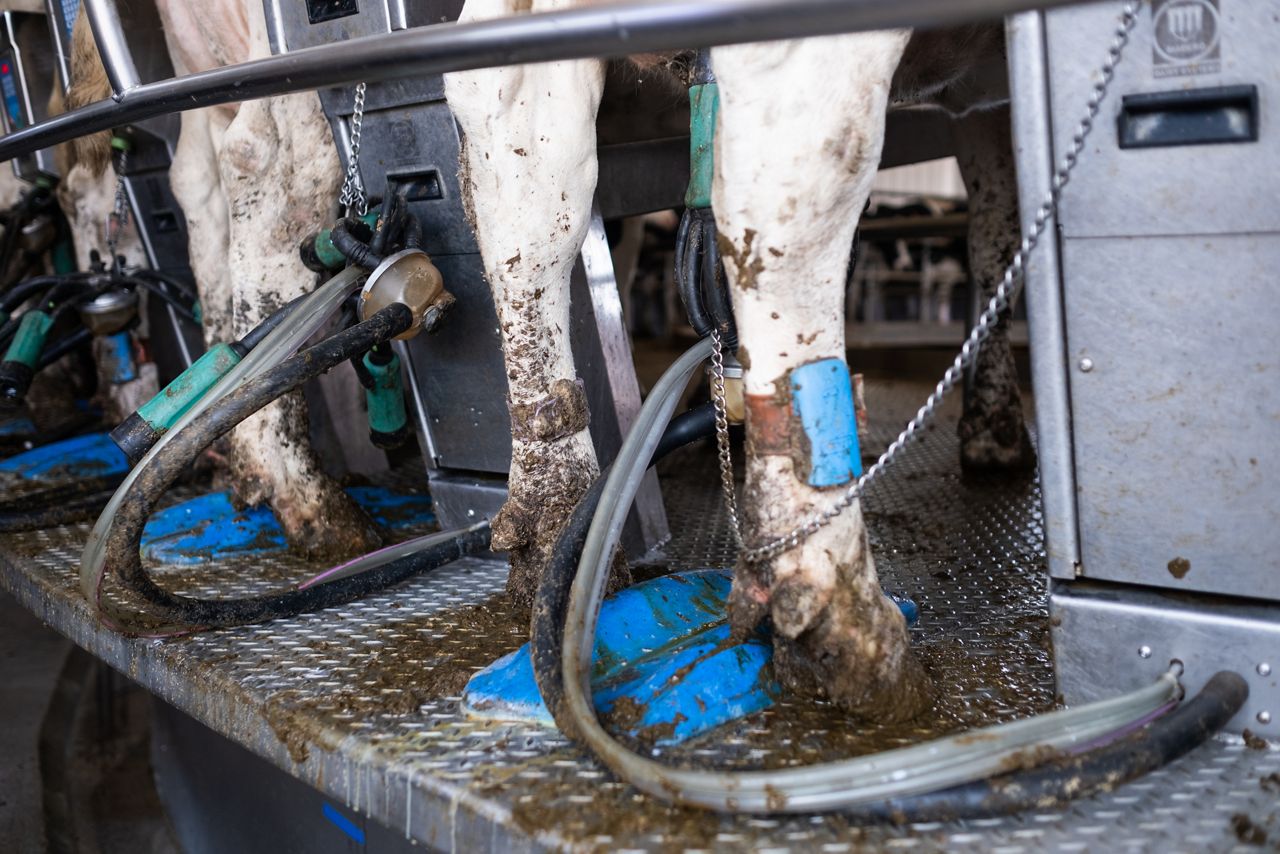
John Fleming, one of the managing owners of the farm, said they have implemented a couple of strategies to reduce their labor costs and increase efficiency using AI and technology.
One of those was a robot that disinfects and cleans a cow's teat after being milked, which prevents mastitis and other infections.
“The initial reason to invest in this was labor savings, we were able to eliminate one person per shift and we have two shifts a day,” Fleming said.
Another advantage they saw after implementing this robot was a lower rate of infection among the cows.
“It's the lowest it’s been since I’ve worked here for 30 years,” he said. “We’re definitely seeing the reliability of this unit.”
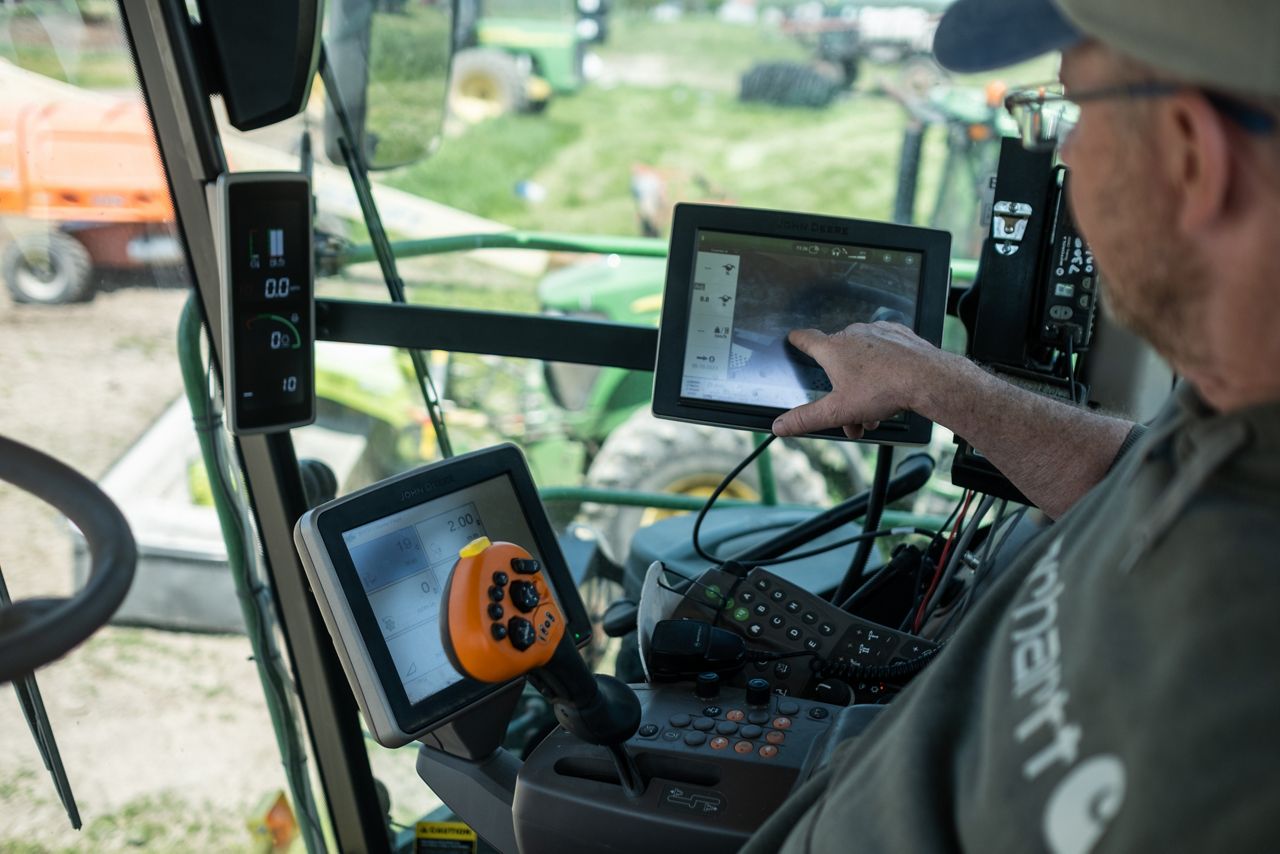
In 2017, the dairy built a rotary milk parlor where the cows step in and out of a turning parlor for milking. They wear a pedometer on their ankle that tracks which cow is in what stall and their activity for the day.
In the fields, Fleming has implemented other technology that collects data as their yield and soil moisture, but the challenge is finding someone to interpret it. “There’s a lot of figuring out how much of it is important and to what extent you can really make use of it to make good decisions,” he said.
But as new advancements continue to happen, Fleming said the challenge for farmers will be to decide if it is worth the investment.
“Everybody is going to think they have the best thing but it’s all going to have to be evaluated,” he said.
While the farm wants to continue to lower their labors costs, Fleming said he doesn’t want artificial intelligence to replace human force on the farm.
“I would hate to see it get to the extent where it replaces too many people,” he said. “Having a happy medium where you can be very efficient, but still have people around that are creative and intelligent because not every decision is going to be a strictly numbers decision.”
Jessica Maxwell, executive director for the Workers Center of CNY, said this type of technology will leave some farms behind.“This technology is incredibly expensive and for most farms is simply out of reach,” Maxwell said. “It can only be adopted by the largest, most lucrative farms.”
Maxwell said farmworkers offer an advantage that machines don’t — the ability to make observations.
“Most workers know these jobs just aren’t that predictable and things change,” she said. “There’s constant adaptation to new situations, new conditions, and observations about the cows that make it really hard to mechanize.”
With the change in minimum wage and higher labor costs, Maxwell said adjustments need to be made for dairy farmers.
“We keep looking for these complicated solutions when what we really need to do is change the antiquated federal pricing structure that is creating an artificial baseline for farmers,” Maxwell said.




